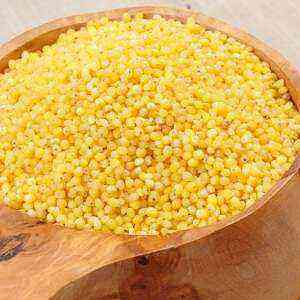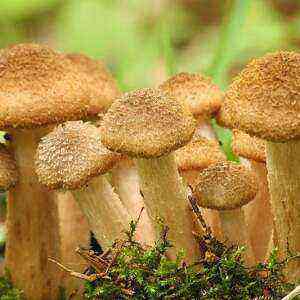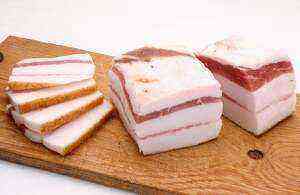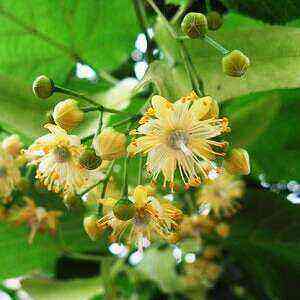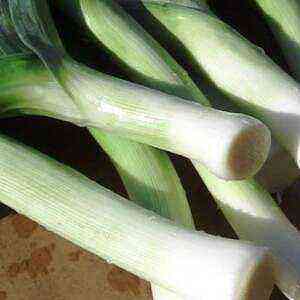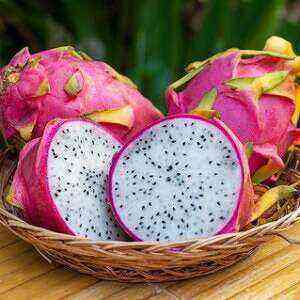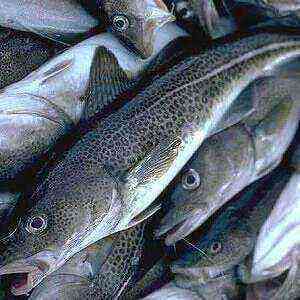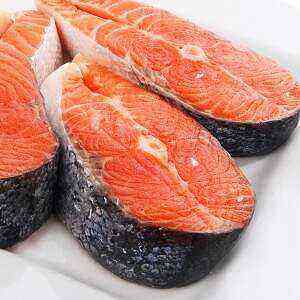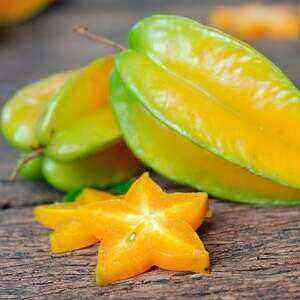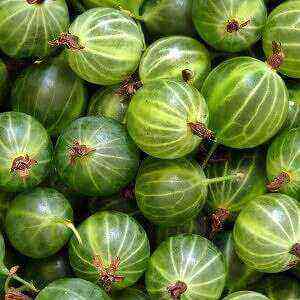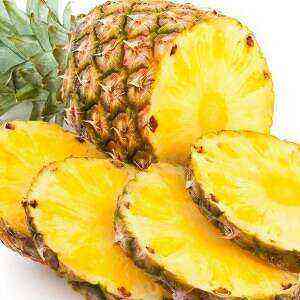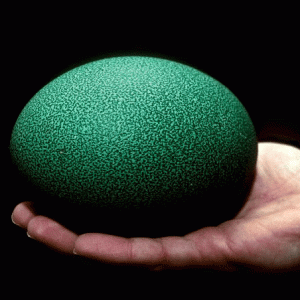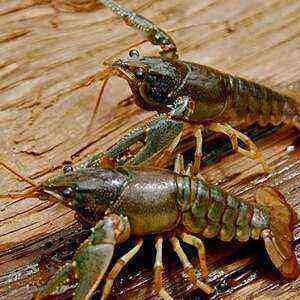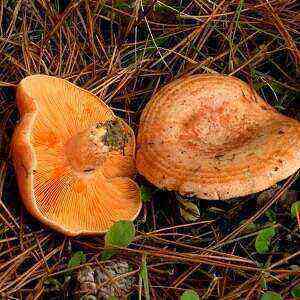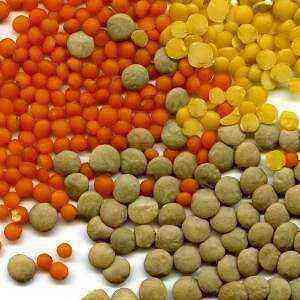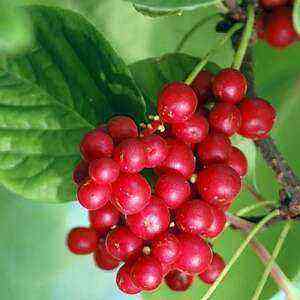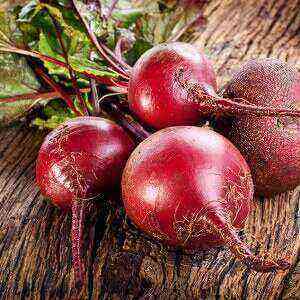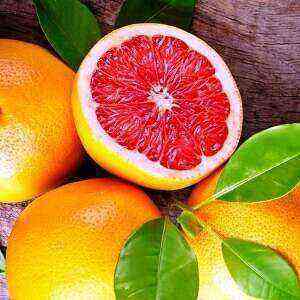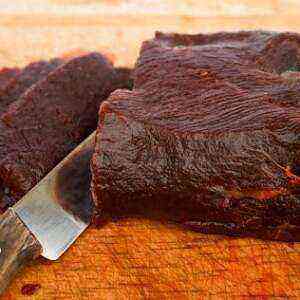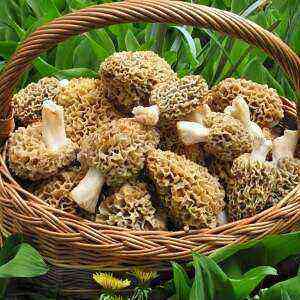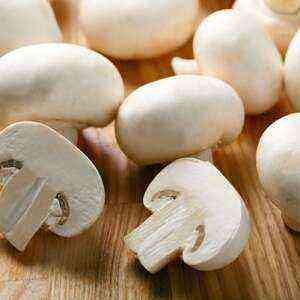In greenhouses, poinsettia is grown on an industrial scale – a flowering ornamental plant of the euphorbia family.
Chemical composition
The composition of milkweed has not yet been thoroughly studied due to the huge variety of its species. But nevertheless, almost all varieties contain resin, rubber, milky juice, including various components, for example, euphorbon, amorphous gum, mineral salts and gumi. Also in the composition are various alkaloids, biologically active substances, flavonoids, coumarins, organic acids, alcohol compounds.
Useful properties of milkweed
In many countries, for example in Africa, the herb is used as a medicinal plant in both folk and official medicine. Because of its toxic and burning properties, milky juice is used to remove warts, calluses, and whiten the skin.
Milky juice of milkweed in a hardened form goes to pharmacies under the name “euphorbium” and has a wide range of therapeutic effects. Its beneficial properties are used to create emetics and laxatives for poisoning and parasitic invasions. Traditional medicine experts attribute anti-cancer properties to milky juice. In Altai, euphorbia was used in the treatment of diseases of the kidneys, intestines, and also as a blood purifier.
